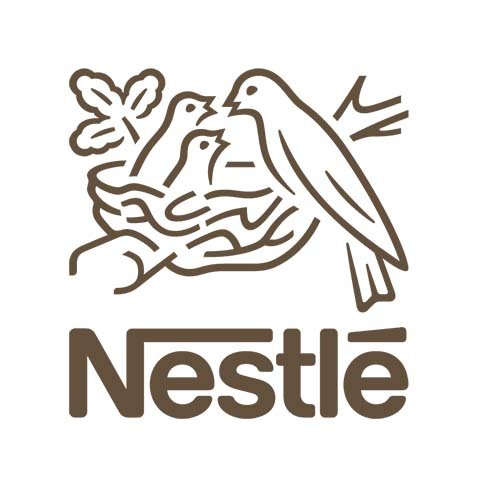
As companies set goals to reduce their carbon footprints, they turn to agriculture to achieve those metrics. One of the largest dairy buyers in the world, Nestlé, plans to have a net zero carbon footprint by 2050.
Dan Peerless leads sustainable sourcing at Nestlé. He explains the goal aligns with what’s commonly accepted as what needs to be achieved to stop the Earth’s temperature from rising. He says roughly 72 percent of their footprint is from sourcing food ingredients. More than a third of Nestlé’s footprint comes from dairy alone.
In the dairy value chain, Peerless says the vast majority of the carbon is generated before the milk leaves the farm: cows releasing methane, manure management and feed production are the three biggest buckets of carbon emissions Nestlé is looking to tackle.
So the company is investing $3.2 billion in on-farm management and reduction. Nestlé is accepting project proposals from farms, whether it be cover cropping or manure digesters, to cost share. A majority of that money will go to dairy. In return, Nestlé will bank the carbon sequestration or removal credits as their own to achieve net zero.
Generally, the process for carbon credits includes a third party that quantifies the credits and puts them on the marketplace for purchase, Peerless explains. Cutting carbon from a tech or transportation company can be tricky, so businesses such as Microsoft or Boeing can purchase those carbon credits and claim them as their own to reduce their footprint. But then the farm can no longer claim those credits, and the milk, for example, emits the same amount of carbon as before once the credit is sold.
Nestlé doesn’t buy those offsets, Peerless explains.
“In essence, we’re an agriculture company. We could not exist without farmers. Because agriculture is such a huge potential solution, source of carbon reductions, we work within our own supply chain to reduce that,” he says.

